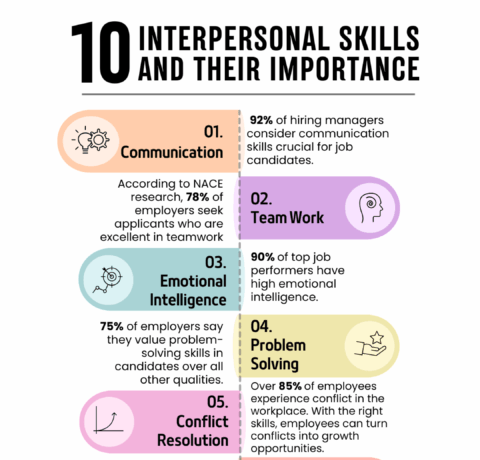10 Elements of Next-Gen English Language Learning Infographic
Reaching all of America’s students includes meeting the needs of diverse learners that possess a wide variety of skills, backgrounds, cultures and family supports. Supporting ELLs, and ultimately all students, involves multiple strategies, professional learning and environmental support. It also means providing next-gen and technological tools that can support language acquisition.
A new publication titled Supporting English Language Learners with Next-Gen Tools addresses these fundamental issues and includes:
- A landscape analysis of ELL programs, strategies, tools and applications.
- Findings on what students need to acquire English and what teachers need in order to teach ELLs.
- Specific recommendations for future tools based on findings.
A growing commitment to language fluency in multiple languages demands increased investment in language tools and content. In addition to addressing the gaps above, EdTech investors and developers, school and district leaders, policy makers, and educators should prioritize alignment of high-quality instructional materials with rigorous state standards and apply research-based recommendations to positively impact ELL achievement.
This infographic shares 10 Elements of Next-Gen English Language Learning, including:
- Creating a strong school culture utilizing a strengths-based approach for all learners.
- Considering bilingual, biliterate and dual language programs including bilingual pre-K and kindergarten.
- Moving towards blended learning with high-quality and standards-aligned tools to support all learners.







You can adjust your cookie preferences here.